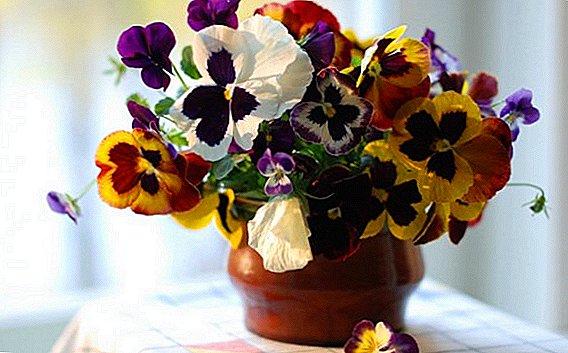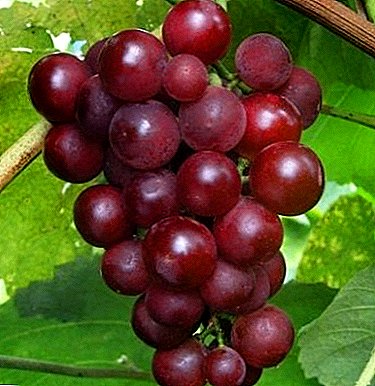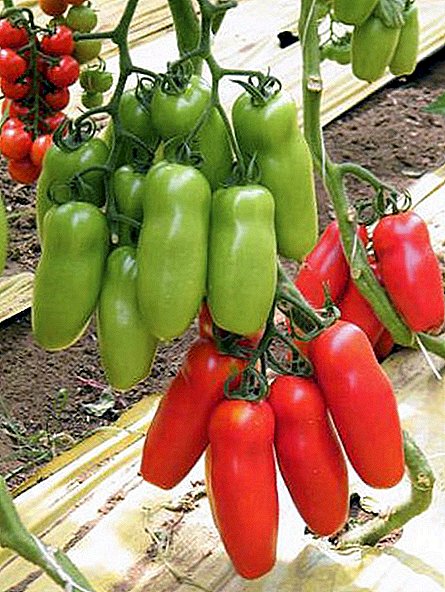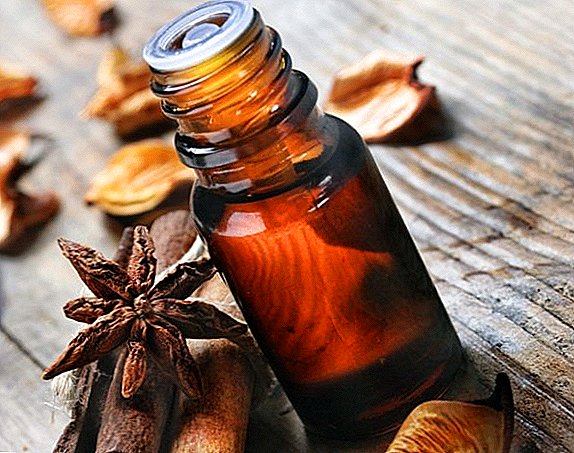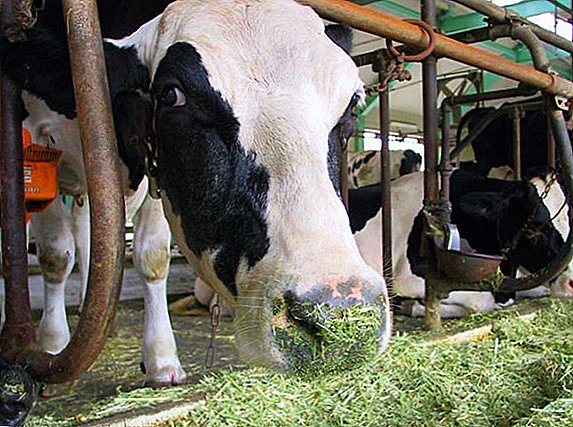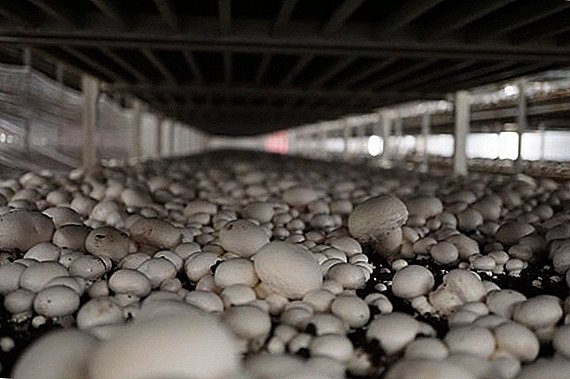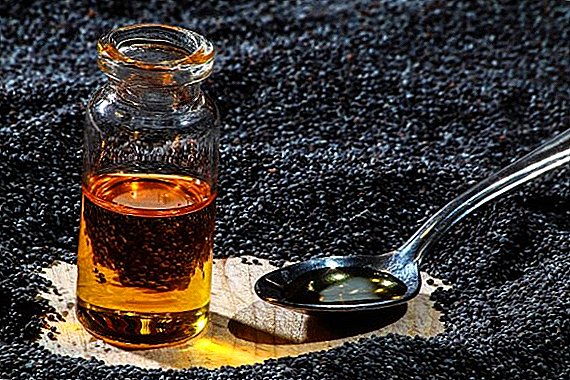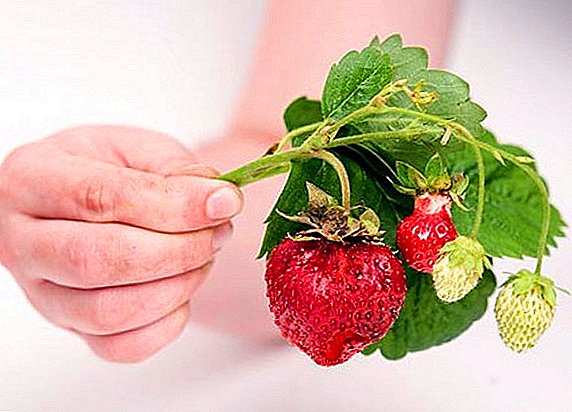 Garden strawberry is a perennial herb of the genus Strawberry from the Rosy family, the area of distribution is Europe, with the exception of the extreme north and south, North and South America. There are a large number of diseases of strawberry garden. To get a good harvest, you need to know the basic diseases and methods of dealing with them.
Garden strawberry is a perennial herb of the genus Strawberry from the Rosy family, the area of distribution is Europe, with the exception of the extreme north and south, North and South America. There are a large number of diseases of strawberry garden. To get a good harvest, you need to know the basic diseases and methods of dealing with them.
Important! Strawberry has a significant frost resistance, but is very afraid of drought. Its growth and fruiting occur better in conditions of slight darkening.
How to cure strawberries from rot
There are many diseases of the strawberry garden, and their treatment must be started as early as possible in order to prevent mass infection and save the harvest. Often affects strawberry beds rot. This disease has several varieties.
Gray rot treatment
First, strong brown marks appear on the berry, rapidly increasing in size and sprinkled with a fleecy bloom, then the affected fetus and peduncle dries out, followed by gray or brown fuzzy spots on the leaves.  For treatment, prophylactic spraying with Bordeaux liquid is used in the spring, and the diseased parts are removed and then burned to prevent the spread of fungus in the garden. You should also not forget about the crop rotation, do not allow the plants to overgrow, constantly weed the territory, and on the eve of the fruiting, mulch the soil with straw and compost, so that ripe fruits do not touch the ground. Once again, the bushes will have to be processed in the fall to consolidate the effect.
For treatment, prophylactic spraying with Bordeaux liquid is used in the spring, and the diseased parts are removed and then burned to prevent the spread of fungus in the garden. You should also not forget about the crop rotation, do not allow the plants to overgrow, constantly weed the territory, and on the eve of the fruiting, mulch the soil with straw and compost, so that ripe fruits do not touch the ground. Once again, the bushes will have to be processed in the fall to consolidate the effect.
Did you know? Strawberry is an excellent means of strengthening the immune system. In order to avoid the loss of beneficial substances, the beginning gray mold should be urgently treated.
How to get rid of white rot on strawberries
The main causative agent of the disease is a fungus called ascomycete, which adversely affects leaves and berries. His spores are carried by the wind. You can detect white rot during the ripening of berries, as well as in the presence of high humidity and with dense plantings. On the fruit rot and fluff is white, the leaves lose their color and dry. It is possible to cure a plant with the help of spraying with special means ("Derozalom" or its likeness). There is also a very easy protection of strawberries from diseases: to prevent white rot, all diseased plants should be removed in time, only viable plants should be planted, beds should be well blown out. 
Black rot treatment
Black rot affects berries, which, due to the disease, acquire a brown tint, become watery, lose their flavor, taste, then become covered first with a colorless and later all darkening bloom, which is the mycelium of the fungus with sporangia formed on it. High temperatures and humidity can aggravate the disease. In order to avoid illness, strawberries should be sheltered from the sun and rain, and in the fall it is planned to spray Ordan, in the spring, when there is an active growth of leaves, with Euparen and Switch.
How to deal with wilting strawberries
At the first sign of wilting strawberries, you must immediately take action, observing the necessary agricultural techniques.
Verticillous wilting of strawberries
 Redness of the petioles at periods close to the end of the growing season, the plane and dwarfism of the bush are signs of this disease. First, the old lower leaves die off, then the whole bush. In sandy soil this occurs at lightning speed; loamy and sandy soil somewhat slows down this process. In the chronic form of verticillary wilting, the leaves are delayed in development, and their number significantly decreases.
Redness of the petioles at periods close to the end of the growing season, the plane and dwarfism of the bush are signs of this disease. First, the old lower leaves die off, then the whole bush. In sandy soil this occurs at lightning speed; loamy and sandy soil somewhat slows down this process. In the chronic form of verticillary wilting, the leaves are delayed in development, and their number significantly decreases.
There is a special scheme of processing strawberries from diseases:
- To protect the berries are not advised to plant species that are predisposed to this type of disease, in areas where there has recently been planting tomatoes, potatoes, melons, blackberries, eggplant. These plants are susceptible to the disease.
- For growing strawberries, loosened fertile, well-drained soils are suitable, but lowlands and excessively moist areas should be avoided.
- Only tested seedlings that have good resistance to bacteria Verticillium are planted in contaminated soil, which is one of the best ways to control wilting. If varieties are susceptible to wilting, pre-fumigation of the soil should be performed, which will help eliminate insects in the soil, weeds and even their seeds, bacteria that are carriers of diseases, fungi, etc. The highest efficiency is given by a 33% chloropicrin solution. and 66% for methyl bromide.
Phytophtoric wilting
 Manifested in the reddening of the root cylinder, spreads through the diseased seedlings and the already contaminated soil. First, the lower leaves wither, then the axial cylinder of the plant root acquires a reddish color, and blackening and dying off of small processes take place simultaneously.. In preventive measures, it is necessary to process strawberry roots in a "Fundazole" solution before planting. It is required to carry out the treatment of strawberries with a disease. For the treatment of suitable drugs "Ridomil" and "Kvadris". It is worth remembering that it is impossible to plant strawberries on the soil in which potatoes were previously grown. After the planting procedure, spray with fungicides - Fitosporin and Extrasol will do. Also, seedlings can not be planted at a small distance from each other, at least 40 cm.
Manifested in the reddening of the root cylinder, spreads through the diseased seedlings and the already contaminated soil. First, the lower leaves wither, then the axial cylinder of the plant root acquires a reddish color, and blackening and dying off of small processes take place simultaneously.. In preventive measures, it is necessary to process strawberry roots in a "Fundazole" solution before planting. It is required to carry out the treatment of strawberries with a disease. For the treatment of suitable drugs "Ridomil" and "Kvadris". It is worth remembering that it is impossible to plant strawberries on the soil in which potatoes were previously grown. After the planting procedure, spray with fungicides - Fitosporin and Extrasol will do. Also, seedlings can not be planted at a small distance from each other, at least 40 cm.
Important! Despite the fact that strawberries are considered to be sweet berries, the sugar content in it is less than in lemon.
Fusarium wilt
The fungus infects a completely strawberry sprout, death occurs within 45 days. Fusarium wilting overtakes the plant in the summer by entering the affected seedlings into the garden. Herbal ovary ceases to grow, leaves wither and die. Strawberries should be sprayed with “Fundazol” and “Trikhoderma”, and the soil should be treated with “Nitrafen”. Before planting, immerse the roots of plants in the “Gumate-K” solution, and fertilize the earth with potassium oxide.
Why do stains appear on strawberry leaves
Spots on strawberry leaves speak of plant damage by various fungi.
White spot
 Enough unpleasant disease. It adversely affects the leaves, flowers and stalks of strawberries. Fungal spores are spread along with water, small brown specks form on the leaves with a white core, which later disappears and a hole appears in its place. Treatment is carried out by means of "Switch" and "Euparin", but in order to avoid the appearance of the disease, it is required to spray the shoots with medicines containing copper in order to start the ovary. Regularly remove diseased plants. Before flowering, it is desirable to process 3-4% Bordeaux liquid; for those who are wondering, what to sprinkle strawberries in the autumn - to re-run this procedure after the end of fruiting.
Enough unpleasant disease. It adversely affects the leaves, flowers and stalks of strawberries. Fungal spores are spread along with water, small brown specks form on the leaves with a white core, which later disappears and a hole appears in its place. Treatment is carried out by means of "Switch" and "Euparin", but in order to avoid the appearance of the disease, it is required to spray the shoots with medicines containing copper in order to start the ovary. Regularly remove diseased plants. Before flowering, it is desirable to process 3-4% Bordeaux liquid; for those who are wondering, what to sprinkle strawberries in the autumn - to re-run this procedure after the end of fruiting.
Brown spot
This ailment will bring a lot of trouble, if you do not start in time to fix the problem. The development of the disease takes place in July - August, most often the leaves suffer, slightly less mustaches and petioles. Large spots appear on the leaves, sinewy and angular in shape, initially dark red, then taking on a brown color. Puffy pads are scattered on their surface - the fruit bodies of the causative agent of the disease, which eventually burst, and the mucous spores that are drying up show up. Fruiting of the fungus, which could facilitate the diagnosis, disappears, and the foliage gives the impression of dried. The spots on the whiskers and stalks are rather small, somewhat depressed and do not bear fruit.
 Small spots on petioles and whiskers, slightly depressed, without noticeable fruiting, but also becoming red. Moderately warm temperatures contribute to the development of the fungus. Spores are intensively formed both in the light and in its absence. The infection is carried by drip moisture, which softens the spore lumps that have dried together, and as a result, they fly through the air. Mostly the infection comes from the lower part of the plant, and the incubation period is from 5 to 10 days. The plots are treated with "Fundazol"; as a precaution, it is necessary to spray the strawberries in the spring before planting Bordeaux mixture.
Small spots on petioles and whiskers, slightly depressed, without noticeable fruiting, but also becoming red. Moderately warm temperatures contribute to the development of the fungus. Spores are intensively formed both in the light and in its absence. The infection is carried by drip moisture, which softens the spore lumps that have dried together, and as a result, they fly through the air. Mostly the infection comes from the lower part of the plant, and the incubation period is from 5 to 10 days. The plots are treated with "Fundazol"; as a precaution, it is necessary to spray the strawberries in the spring before planting Bordeaux mixture.
Did you know? Strawberry is the only berry in the world, the seeds of which are located outside, not inside.
How to cure strawberries from powdery mildew
The disease manifests itself in the form of a plaque of white color on both sides of the leaves. In unhealthy leaves the growth stops abruptly, they become dense and curl the edges in the middle, the same happens with the strawberry mustache, and also the curliness of the leaves is characteristic. Moist warm air exacerbates the disease. As the control measures in the spring, when the leaves grow, they are sprayed with fungicides, and if signs of the disease appear, they are treated with Fundazole after harvesting.
 Spraying the leaves with 3% urea at the end of the summer and spraying with the boron solution during the flowering period every 3-4 days will be an excellent strawberry feed. This will contribute to the strengthening of future fruits, as well as an increase in the size of the ovary and berries.
Spraying the leaves with 3% urea at the end of the summer and spraying with the boron solution during the flowering period every 3-4 days will be an excellent strawberry feed. This will contribute to the strengthening of future fruits, as well as an increase in the size of the ovary and berries.
Take care of your strawberries, do not ignore the emerging diseases, and she will thank you generously for a wonderful harvest.



